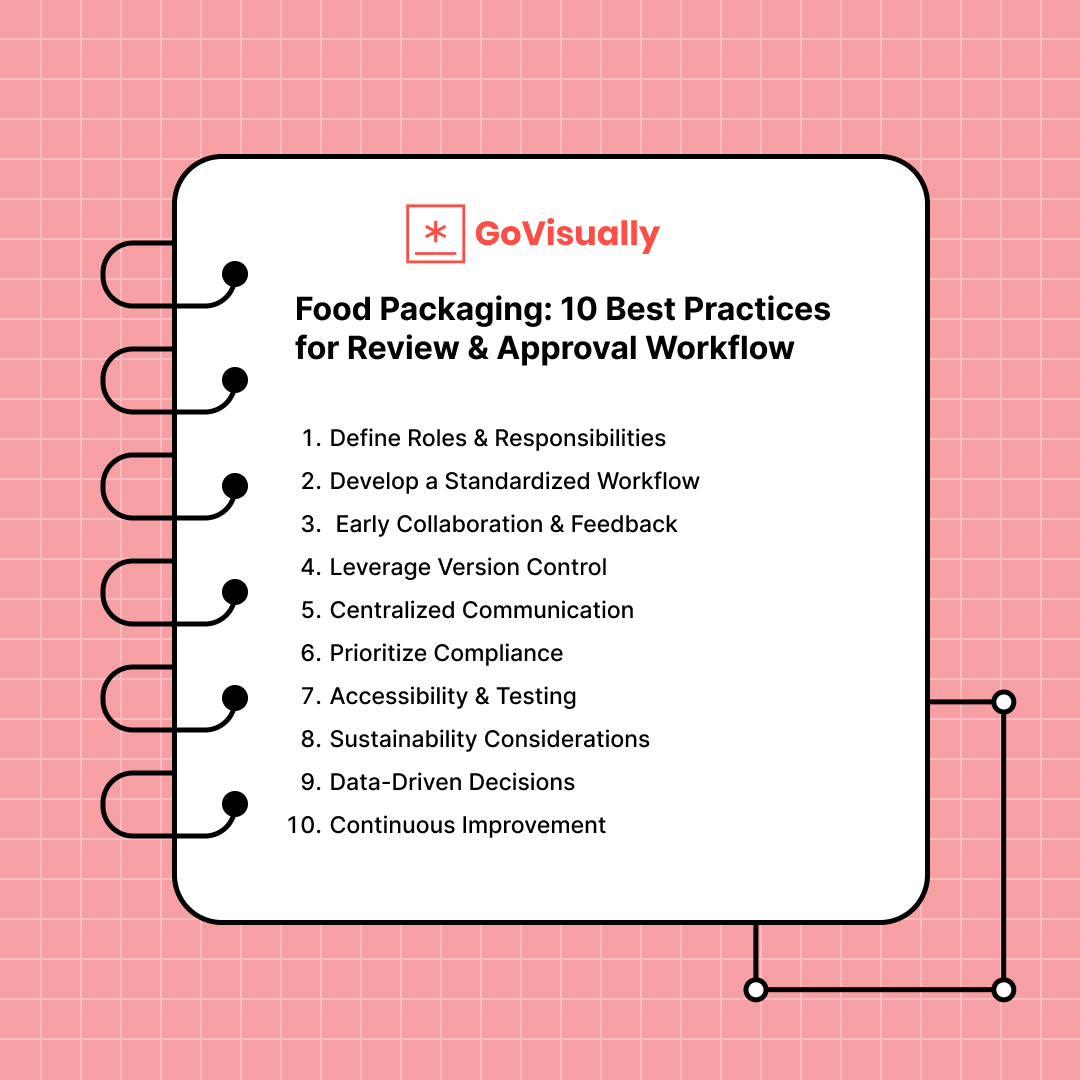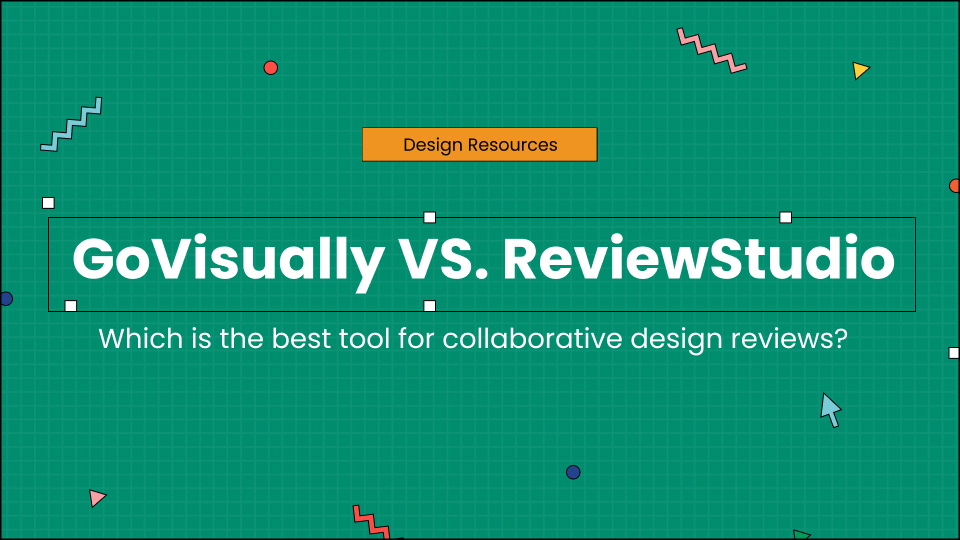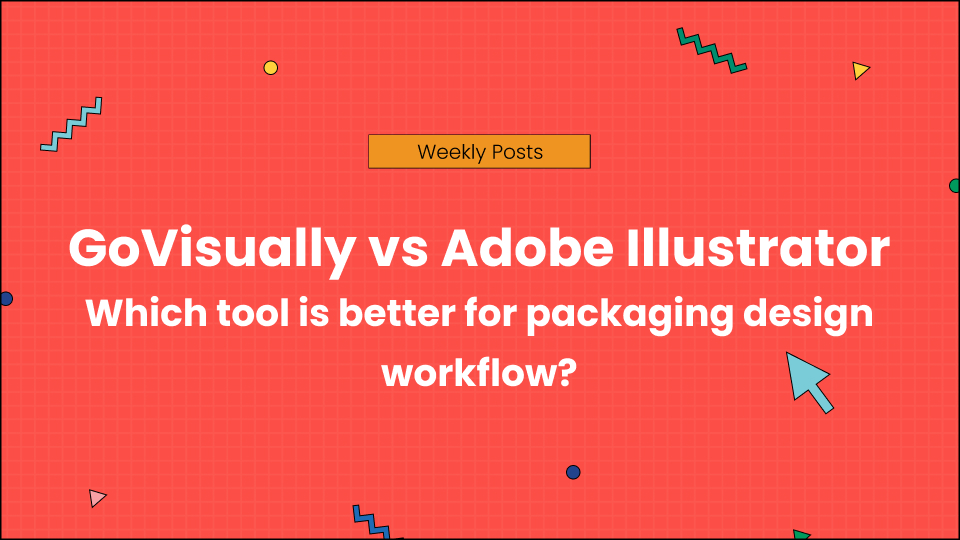Ever wondered how your favorite snacks end up in those eye-catching packages? We’ve got you covered. In this blog, we’re diving into the world of food packaging and spilling the beans on the 10 best practices for a top-notch review and approval workflow. From keeping it compliant to going green, let’s uncover the practices behind those picture-perfect packages and make your food packaging process a hit!
Table of Contents
What is a creative review and approval process?
The creative review and approval process is a systematic approach to evaluating and refining creative content, ranging from graphics and videos to written materials.
It involves multiple stakeholders, such as content creators, designers, marketers, and decision-makers, who collaborate to ensure that the final product aligns with the brand’s vision, objectives, and standards.
Why is creative review and approval essential?
In content creation, a streamlined creative review and approval process is essential for various reasons.
- Quality and consistency: Ensures the final output aligns with brand standards and maintains consistency.
- Error minimization: Catches errors early, minimizing the need for extensive revisions.
- Collaboration hub: Promotes collaboration among diverse stakeholders, refining outcomes.
- Legal compliance: Mitigates risks by assessing adherence to copyright and trademark regulations.
- Brand alignment: Ensures creative assets align with brand objectives, messaging, and values.
- Resource optimization: Identifies and rectifies issues early, optimizing time and resources.
- Building trust: Establishes trust with stakeholders through consistent, high-quality content.
- Time management: Streamlines production timelines for timely and relevant content delivery.
10 Best Practices for Review & Approval Workflow
When it comes to content creation, refining your review and approval workflow is key to seamless collaboration and top-notch results. This section outlines 10 best practices, focusing on efficient communication, technology integration, and strategies to elevate the quality of your creative process.

1. Define Roles & Responsibilities
Establishing a solid foundation for the review and approval workflow involves clearly defining the roles and responsibilities of each stakeholder. By designating decision-makers for design, compliance, and marketing aspects, this approach minimizes ambiguity and accelerates decision-making.
Those responsible for design can focus on creative elements, compliance experts can navigate legal considerations, and marketing decision-makers ensure alignment with strategic objectives.
This delineation not only clarifies expectations but also streamlines collaboration, encouraging an accountable structure that enhances the overall efficiency of the workflow.
2. Develop a Standardized Workflow
Launching an effective review process relies on creating a standardized, step-by-step workflow with clear stages and deadlines. This structured approach provides consistency and guidance, ensuring a smooth progression from the inception to the final approval of creative assets.
The integration of project management tools adds an extra layer of transparency, offering real-time visibility into tasks, feedback, and revisions. This not only enhances accountability but also boosts seamless coordination among diverse teams, promoting efficient communication and iterative improvements throughout the review and approval process.
3. Early Collaboration & Feedback
Initiating the involvement of key stakeholders at the outset of the review process strategically minimizes the necessity for extensive revisions in later stages. This proactive engagement ensures that diverse perspectives are considered early on, preventing potential misalignments.
Integrating digital proofing tools, like GoVisually, further augments the review’s agility by enabling real-time feedback and collaborative input. This digital platform not only expedites communication but also promotes an iterative and efficient workflow.
Stakeholders can seamlessly provide input, facilitating quicker decision-making and reducing the likelihood of prolonged iterations, thus enhancing the overall effectiveness of the review and approval process.
Implementing seamless collaboration & approval workflows can cut your review process in half. Download our free guide on ‘The Ultimate Guide to Implementing Creative Collaboration‘ here to enhance project collaboration & foster creativity among the team.
4. Leverage Version Control
A crucial aspect of an effective review process is the meticulous documentation of all changes made, guaranteeing that all stakeholders are collaborating on the latest version of the packaging design. This documentation serves as a reference point, preventing any discrepancies or confusion that may arise during subsequent stages.
GoVisually’s annotation tools are instrumental in this regard, offering precision in tracking specific revisions. By providing a visual representation of feedback and alterations, these tools not only enhance clarity but also fortify version control mechanisms.
This meticulous approach ensures that the collaborative efforts of the team are synchronized, minimizing errors and discrepancies in the final packaging design.
5. Centralized Communication
Efficient communication lies at the core of a streamlined review process, and a key practice is consolidating all feedback and discussions within a single platform.
GoVisually’s comment sections prove pivotal in this regard, offering a structured and centralized space for discussions. This approach minimizes the risk of miscommunication by providing a clear and organized channel for team members to exchange insights, feedback, and directives.
By promoting a collaborative environment within a dedicated space, the platform ensures that all stakeholders are on the same page, enhancing clarity, and ultimately contributing to the effectiveness of the review process.
6. Prioritize Compliance
Instituting a dedicated compliance review stage within the overall process is crucial to ensure the stringent adherence to regulatory requirements. This intentional inclusion provides a structured and focused examination of the content, verifying its alignment with legal and industry standards.
To fortify this commitment to compliance, integrating regulatory checklists directly into the workflow becomes instrumental. These checklists serve as comprehensive guides, systematically assessing content against specific legal criteria.
By doing so, this strategic integration not only mitigates potential risks associated with non-compliance but also ensures the legality and integrity of the final product, underscoring the importance of a meticulous compliance review in the overall content creation and approval process.
7. Accessibility & Testing
A critical aspect of packaging design involves ensuring accessibility for a diverse consumer base. This necessitates a multifaceted approach, combining both physical and virtual prototypes for comprehensive user testing.
By employing physical prototypes, designers can assess tangible aspects like materials, textures, and ergonomics, ensuring a practical and user-friendly product. Simultaneously, virtual prototypes offer the advantage of testing visual elements and interactive features, providing insights into the overall user experience.
This holistic testing strategy ensures that the final packaging product not only meets but exceeds the needs and expectations of a broad and varied consumer demographic, reflecting a commitment to inclusive design principles.
8. Sustainability Considerations
In the current landscape where sustainability is a paramount concern, evaluating the environmental impact of packaging material choices transcends being a mere trend; it becomes an imperative. Incorporating a dedicated sustainability review stage into the packaging design process underscores a proactive commitment to eco-friendly practices.
This conscientious step not only aligns with global sustainability goals but also resonates with the expectations of an increasingly environmentally-conscious consumer base. By scrutinizing the ecological footprint of packaging materials, brands can contribute to minimizing environmental harm, demonstrating a responsible and forward-thinking approach that holds significant value in today’s conscientious market.
9. Data-Driven Decisions
Monitoring the duration of review cycles offers invaluable insights into identifying bottlenecks and pinpointing areas for enhancement within the creative review and approval process.
By harnessing the capabilities of data analytics tools such as GoVisually, teams can efficiently collect and analyze relevant data points. This data-driven approach empowers teams to make informed decisions by understanding patterns, cycle times, and potential hurdles in the workflow.
The integration of such tools not only facilitates a comprehensive evaluation of the review process but also enables continuous refinement, ensuring that the workflow is dynamic, efficient, and adaptive to evolving project needs and timelines.
10. Continuous Improvement
Demonstrating a commitment to adaptability and continual improvement, the practice of regularly reviewing and updating the packaging review and approval process based on accumulated experience and evolving industry standards stands out. This proactive approach acknowledges the dynamic nature of the field and ensures that the process remains responsive to changing demands.
By actively seeking feedback from stakeholders and incorporating their insights, the review and approval process becomes a dynamic entity that continuously evolves. This iterative strategy not only optimizes the effectiveness of the process but also aligns it seamlessly with emerging industry best practices, reinforcing a commitment to staying at the forefront of advancements in packaging design and approval protocols.
Optimize packaging design approval with GoVisually.
In the fast-paced world of content creation, a well-defined creative review and approval process is essential for maintaining quality, consistency, and compliance.
Therefore, harnessing the power of GoVisually can significantly elevate your review and approval workflow. By implementing user-friendly tools, such as centralized feedback and real-time collaboration features, this platform aligns seamlessly with the best practices discussed.
Streamlining the process and enhancing communication, GoVisually serves as a cornerstone for optimizing efficiency and effectiveness in your creative endeavors, ensuring a more agile and collaborative journey from inception to final approval.




